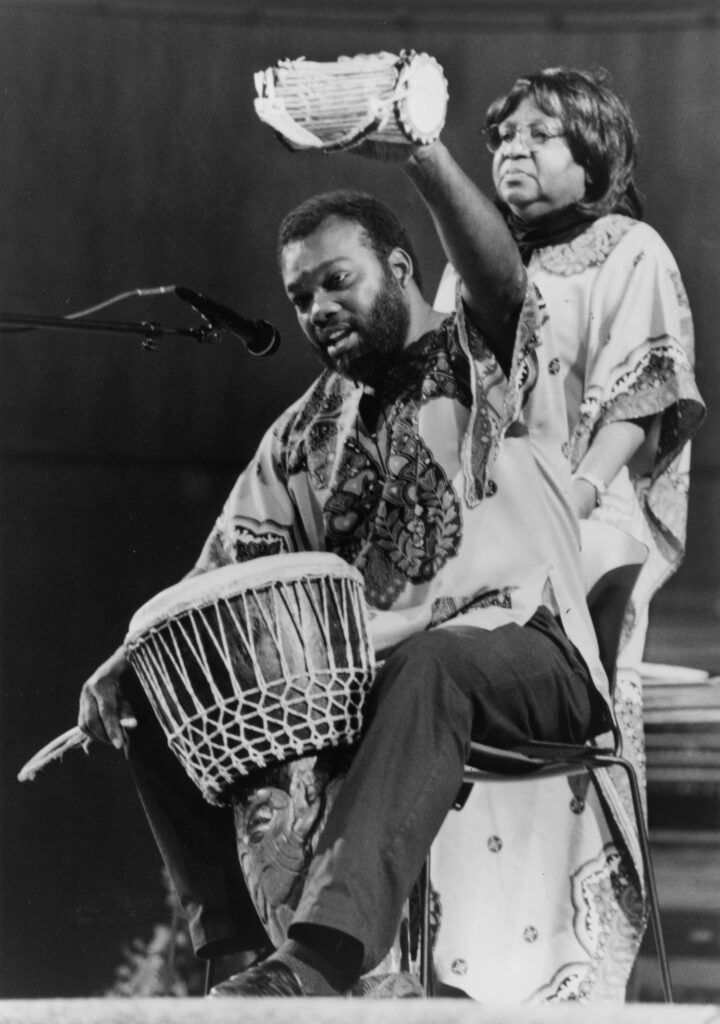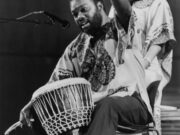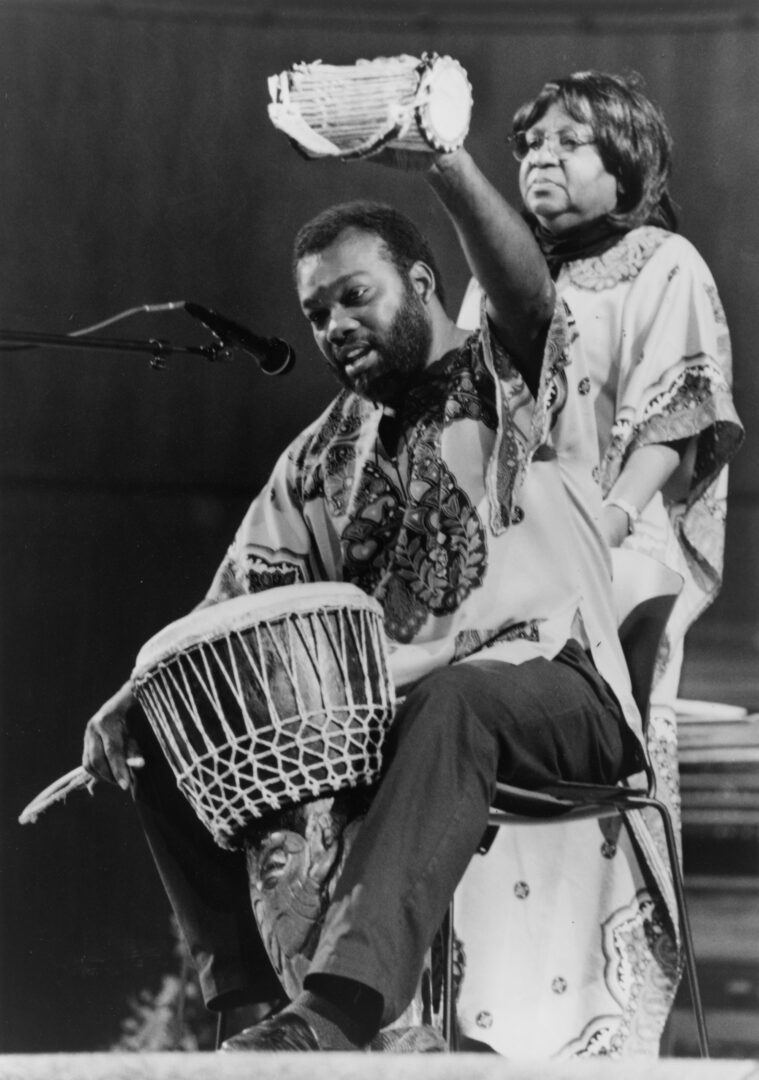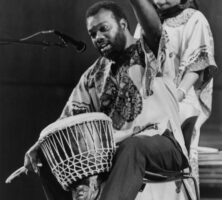The Georgia Sea Island Singers are a group of African Americans who travel the world to share the songs, stories, dances, games, and language of their Gullah heritage.
Started sometime in the early 1900s and composed of many individuals over time, the current generation of singers includes Frankie Sullivan Quimby and Tony Merrell. Together they have presented educational programs that testify about the history of enslaved Africans from coastal Georgia and celebrate the rich language, culture, and traditions that developed on and near the Sea Islands of the Georgia coast —in relative isolation from the rest of the South—for more than 200 years.
The famed Smithsonian Institution folklorist Alan Lomax discovered the Georgia Sea Island Singers in 1935, while visiting St. Simons Island with writer and folklorist Zora Neale Hurston. He returned in 1959-60 during a collecting trip through the American South. His field recordings of the singers from that trip can be found on two volumes of Rounder Records’ Alan Lomax Collection, Southern Journey Series. Since that time, the singers have performed for three presidents, including Jimmy Carter at his inauguration, and have made numerous appearances at a variety of events, including the Smithsonian’s Folklife Festival and the National Book Festival, both held in Washington, D.C.; the 1994 Olympic Games in Lillehammer, Norway; the National Black Storytelling Festival; and the G8 Summit on Sea Island in 2004. In 1990 the group received the Governor’s Award in the Humanities.
Past associates of the group have included the legendary Bessie Jones, who was a key figure in the group’s history, along with Joe Armstrong, John Davis, Peter Davis, Mabel Hillary, Henry Morrison, Doug Quimby, and Emma Ramsey. Many members of the group were born or raised in or near Brunswick, St. Simons Island, and other Georgia sea islands. All evidence suggests that amateur folklorist Lydia Parrish organized the group as the Spiritual Singers Society of Coastal Georgia around 1920, partly to perform at the Cloister Hotel on Sea Island.
Bessie Jones joined the group in 1933, and at some point thereafter, the name was changed. In the introduction to folklorist Bess Lomax Hawes’s book, Step It Down (1972) cowritten with Bessie Jones, Hawes writes that Jones moved from her childhood home of Dawson to her husband’s home on St. Simons Island, where “she met the Georgia Sea Island Singers, a Negro choral group whose early period has been described in a book by Mrs. Lydia Parrish.” Parrish’s book, Slave Songs of the Georgia Sea Islands (1942), along with the compilation of information found in Step It Down, are two of the best resources on both the group’s early history and Gullah traditions.
Formed to perpetuate the traditions of their enslaved ancestors, the Sea Island Singers teach and perform the songs, dances, shouts, and games with audiences in a participatory, interactive manner, echoing the engaging quality of the traditions themselves. Throughout their performances, the singers also offer insight into the reasons behind the development and sustenance of their traditions. A capella call-and-response singing, hand clapping, children’s games, and speaking in the Gullah dialect are often included in the group’s performances, as is a demonstration of the ring shout dance, described in Hawes and Jones’s book as a “religious exercise, a form of worship, born out of African tradition and neatly distinguished from secular activities.” The dancers move in a circular flow, with their feet never leaving the floor and their legs never crossing each other, as they follow the calls of a shouter.

The Georgia Sea Island Singers’ work has been collected on volumes 12 and 13 of Rounder Records’ Alan Lomax Collection, Georgia Sea Islands: Biblical Songs and Spirituals (1998), and Earliest Times: Georgia Sea Island Songs for Everyday Living (1998). Bessie Jones has three recordings on Rounder: So Glad I’m Here (1975), Step It Down (1979), and Put Your Hand on Your Hip, and Let Your Backbone Slip (2001).






